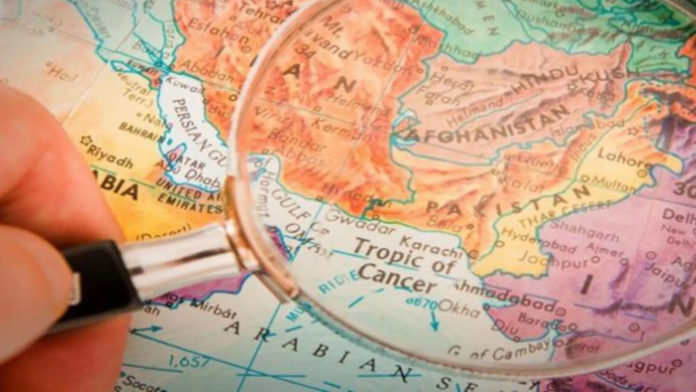Pakistan is focusing on improving regional connectivity by developing infrastructure that fosters trade, economic growth, and cooperation with neighboring countries. The following initiatives play a significant role in this strategy:
1. China-Pakistan Economic Corridor (CPEC)
The CPEC is a key component of China’s Belt and Road Initiative (BRI) and a flagship project for enhancing trade and connectivity in the region. Stretching from China’s Xinjiang province to Pakistan’s Gwadar Port, it involves a vast network of roads, railways, and pipelines. CPEC aims to enhance Pakistan’s transportation network by linking industrial cities with major ports such as Karachi, Bin Qasim, and Gwadar. Once fully operational, it is expected to create new trade routes, foster economic integration, and bolster Pakistan’s standing as a regional trade hub.
2. Gwadar Port
Located on the southern coast of Pakistan, Gwadar Port is a deep-sea port that plays a crucial role in the CPEC project. Its strategic location on the Arabian Sea is set to make Pakistan a key player in regional maritime trade. Gwadar will provide landlocked Central Asian nations with access to the sea, enabling them to expand their trade potential. Additionally, the port is expected to double Pakistan’s maritime trade capacity, enhancing the country’s overall economic prospects.
3. Turkmenistan-Afghanistan-Pakistan-India (TAPI) Gas Pipeline
The TAPI project is another essential initiative for regional connectivity. Designed to transport natural gas from Turkmenistan through Afghanistan and Pakistan to India, this pipeline will help meet the energy needs of all four participating countries. Despite security challenges, TAPI is considered a cornerstone for future regional development and energy cooperation, laying the groundwork for further economic integration between South Asia and Central Asia.
4. National Trade Corridor (NTC)
The NTC project is designed to connect Pakistan to its northern neighbors, including China, Afghanistan, and Central Asian countries. It aims to create efficient trade routes that enhance Pakistan’s connectivity with major regional markets. This corridor will not only increase trade volumes but also improve transit time and cost-efficiency, facilitating smoother movement of goods across borders.
5. Trade and Transit Agreements
Pakistan has forged several bilateral and multilateral trade and transit agreements with countries like China, Iran, and Central Asian states. These agreements focus on easing the flow of goods and services across borders and fostering economic cooperation. One example is the Quadrilateral Transit Agreement with China, Kyrgyzstan, and Kazakhstan, which simplifies trade between Pakistan and Central Asia.
6. New Airport at Gwadar
To complement Gwadar’s expanding role as a trade hub, Pakistan is constructing a new international airport at Gurandani, located 26 kilometers from Gwadar city. This airport will further enhance the port’s connectivity, facilitating increased trade and investment opportunities. It will also improve access to the region, boosting both domestic and international tourism.




